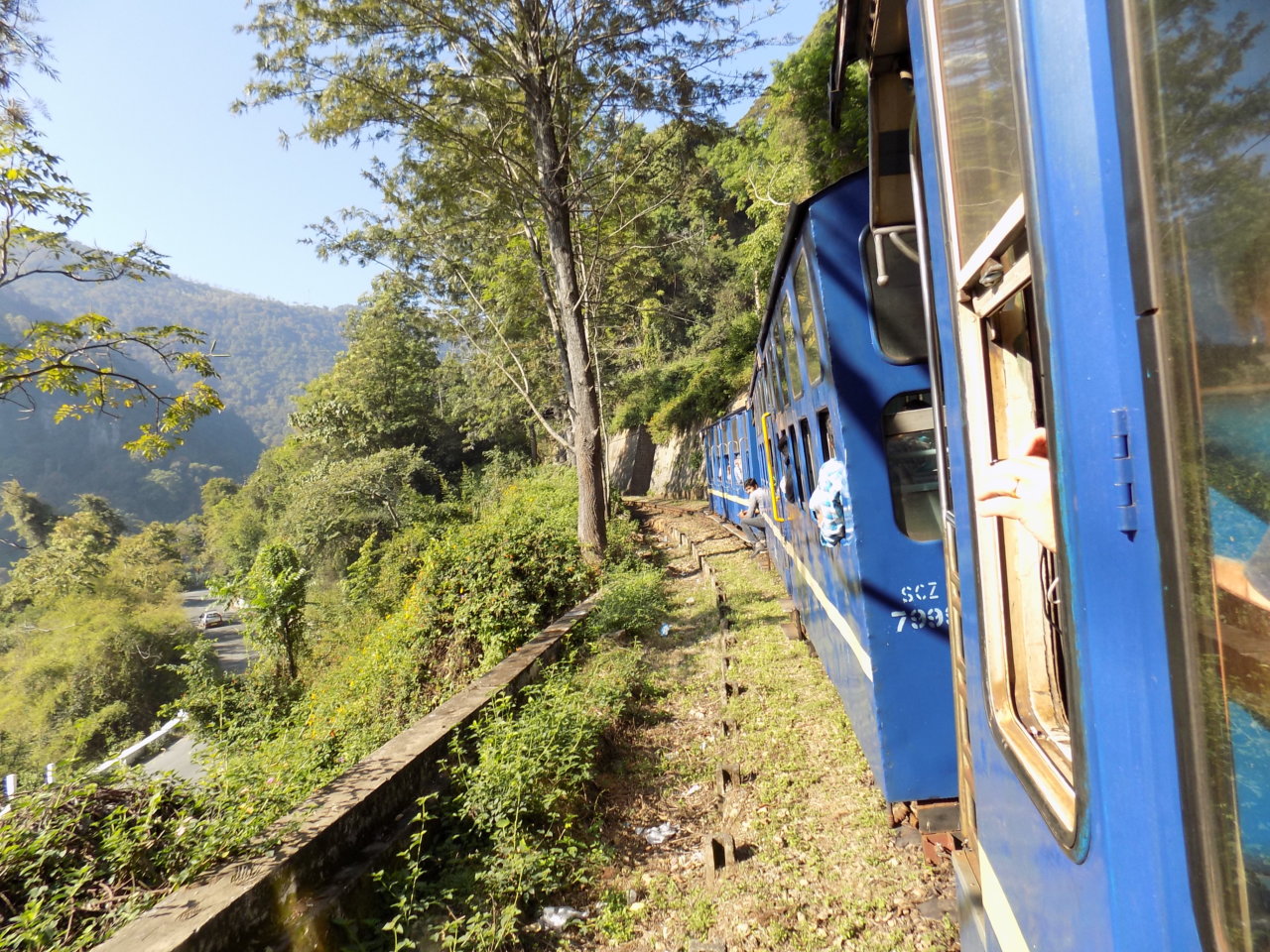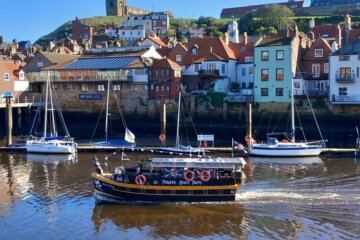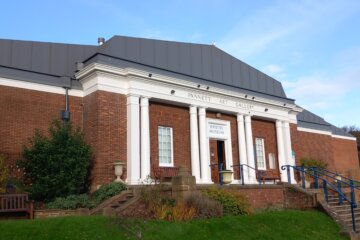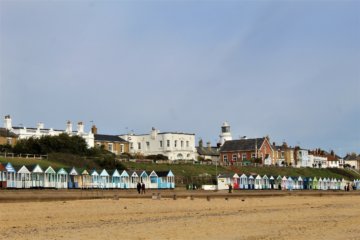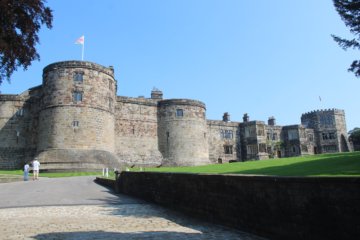| The Stupa |
After our visit to Tuol Sleng Genocide Museum, Petter, our tuk-tuk driver, took us straight to the Choeung Ek Genocidal Centre 15km south-east of Phnom Pehn. This is the most famous of Cambodia’s 300 or so ‘killing fields’, and the one that has become the national memorial to all those who died at the hands of the Pol Pot regime.
One or two people had suggested that it was a bad idea to go as it was a Japanese-owned commercial enterprise and had been given the ‘Disney’ treatment. Nevertheless, we decided to visit and see for ourselves. All I can say, Japanese-owned or not, is that I thought the place was very well presented and a fitting tribute to the victims. I certainly didn’t get any sense of it being a theme park. On the contrary, I found it to be a contemplative and very moving experience.
The entrance charge is $2 per person which includes one of the best audio guides I’ve listened to anywhere. The purpose of the site – to exterminate people – means that there were few buildings there to begin with and today nothing remains of them. So, wooden markers have been placed at appropriate points around the site and the audio guide takes you from one to the next explaining what went on there. These factual commentaries are interspersed with personal testimonies from families of victims and from former Khmer Rouge workers engaged in the grisly tasks committed there.
| One of the markers |
The markers around the site include the truck stop where victims were delivered to the killing fields, the point where the killing tools storage room was, the mass graves, and ‘the killing tree’ against which babies were battered to death. Beating was the method of execution most commonly used in the killing fields and weapons included clubs, shovels, hammers and axe handles.
One of the first recordings on the audio guide tells the visitor how remnants of clothes, teeth and fragments of bone are still coming to the surface around the site, particularly during the rainy season. Nothing quite prepares you, however, for the first time you realise that there is indeed a piece of fabric under your foot that is obviously part of a victim’s clothing. It certainly brings you up short! There are glass cases around the site containing clothing, teeth and bones which have surfaced in recent times and visitors can be seen carefully placing newly discovered relics on top of these cabinets.
There is also an area around a lake which has been landscaped with paths, and visitors are invited to sit a while on one of the benches and listen to the audio guide or simply contemplate the echoes of past atrocities. We did this and were fascinated to see that just beyond the fence marking the site boundary, families were tending their paddy fields as people in this region have been doing for generations. I wondered how often they thought about the Pol Pot era and how that time had impacted on their lives.
| Skulls in the Stupa |
The tour of the killing fields at Choeung Ek begins and ends at the Memorial Stupa where the skulls and bones of victims are displayed. It is a particularly chilling reminder to leave with if one were needed. Visitors are offered the chance to lay a flower or light an incense stick in memory of the 20,000 people who died here as well as the three million or more victims in the country as a whole. I, for one, think it’s the least we can do. We must never forget!
See more photos here.
Join our mailing list

Sign up to receive our monthly newsletter. Keep up with what we're doing and be the first to receive special offers and insider tips.


